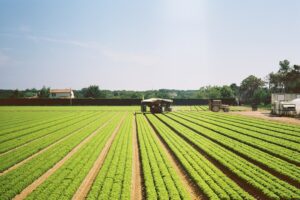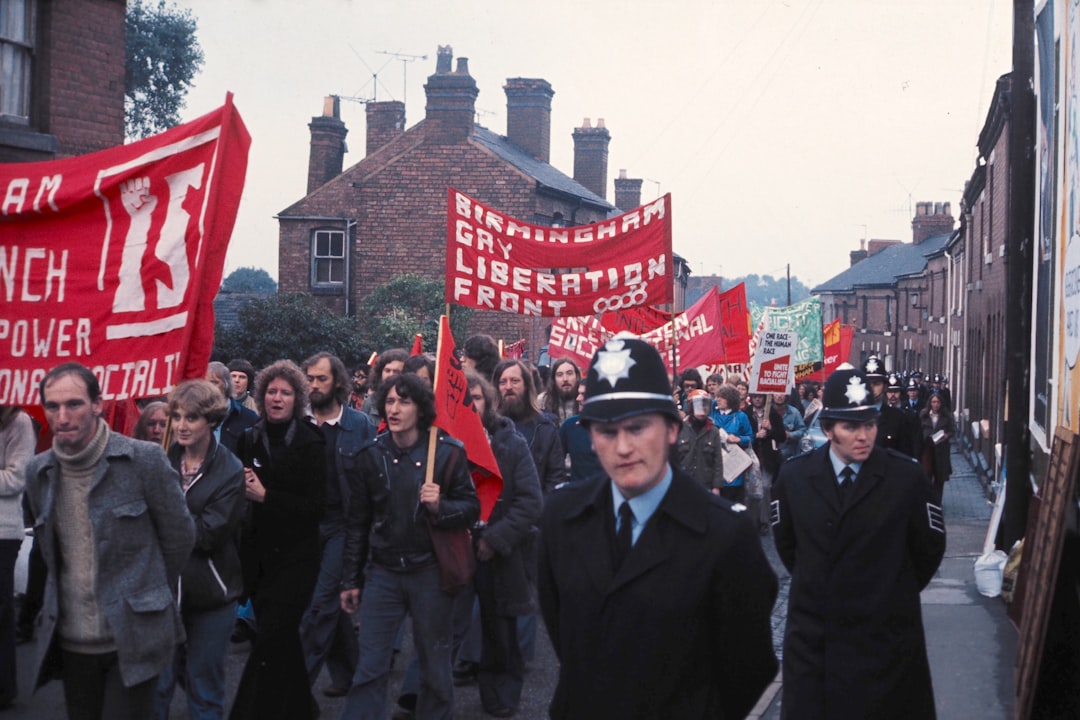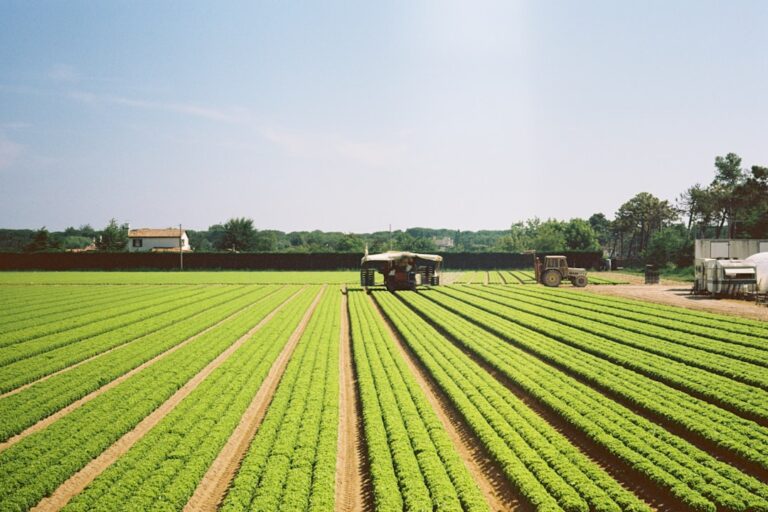Bardoli, a small town in the state of Gujarat, and Oudh, a region in Uttar Pradesh, are two significant locations in the history of India’s struggle for independence. Both areas became focal points for peasant movements during the early 20th century, driven by the oppressive policies of British colonial rule. The struggles in these regions were not merely local uprisings; they were part of a larger narrative of resistance against colonial exploitation and injustice.
The peasant movements in Bardoli and Oudh were characterized by their unique socio-economic conditions, which shaped the grievances of the farmers and their responses to colonial policies. Bardoli is particularly renowned for the Bardoli Satyagraha of 1928, which was led by Sardar Vallabhbhai Patel. This movement emerged as a response to the British government’s decision to increase land revenue assessments by 22 percent, a move that was seen as exploitative and unjust.
On the other hand, Oudh witnessed a series of peasant uprisings, notably during the Kisan Sabha movement in the late 1920s and early 1930s. The agrarian distress in Oudh was exacerbated by high rents, oppressive zamindari systems, and the impact of the Great Depression, which left many farmers in dire straits. Both regions exemplified the broader struggles faced by Indian peasants under colonial rule, highlighting their quest for justice and dignity.
Key Takeaways
- Bardoli and Oudh were two significant locations in India where peasant struggles took place during the British colonial rule.
- Peasant struggles in Bardoli and Oudh were part of a larger historical context of agrarian discontent and resistance against oppressive British policies.
- The Gandhian peasant movements in Bardoli and Oudh were characterized by nonviolent resistance, civil disobedience, and mass mobilization under the leadership of Mahatma Gandhi.
- The impact and legacy of the Bardoli and Oudh struggles include inspiring future peasant movements and contributing to the overall independence movement in India.
- Comparing Bardoli and Oudh with other peasant movements in India reveals the diversity of tactics, leadership, and outcomes in the struggle against colonial oppression.
- The relevance of Gandhian peasant struggles in modern times lies in their emphasis on nonviolent resistance, mass mobilization, and the empowerment of marginalized communities in the face of injustice.
Historical context of peasant struggles in Bardoli and Oudh
The historical backdrop of Bardoli and Oudh is essential to understanding the peasant struggles that unfolded in these regions. In Bardoli, the agrarian landscape was marked by a feudal system where land revenue was a significant burden on farmers. The British colonial administration’s policies often favored landlords and zamindars, leading to widespread discontent among the peasantry.
The imposition of exorbitant taxes during times of economic hardship further fueled resentment. The situation was compounded by the lack of effective representation for farmers in local governance, leaving them vulnerable to exploitation. In Oudh, the situation was similarly dire.
Many peasants were forced into debt due to high rents and poor crop yields, exacerbated by natural calamities such as floods and droughts. The Kisan Sabha movement emerged as a response to these injustices, advocating for land rights and fair treatment for farmers.
The socio-economic conditions in both Bardoli and Oudh were ripe for mobilization, as peasants began to organize themselves against the oppressive structures that governed their lives. This historical context set the stage for significant uprisings that would challenge colonial authority and reshape the agrarian landscape.
Leadership and tactics of the Gandhian peasant movements

The leadership in both Bardoli and Oudh played a crucial role in shaping the tactics employed during the peasant movements. In Bardoli, Sardar Vallabhbhai Patel emerged as a prominent figure who galvanized the farmers against the unjust tax hikes. Patel’s approach was characterized by non-violent resistance, which aligned with Mahatma Gandhi’s philosophy of Satyagraha.
He encouraged farmers to refuse payment of taxes, emphasizing collective action and solidarity among peasants. This strategy not only united the farmers but also drew national attention to their plight, showcasing the power of organized resistance. In Oudh, leaders like Baba Ram Chandra and other local activists mobilized peasants through Kisan Sabhas, which served as platforms for discussing grievances and strategizing collective action.
The tactics employed included non-payment of rents, protests, and demonstrations against zamindars and colonial authorities.
Both movements utilized grassroots organizing to build a sense of community among peasants, fostering an environment where collective action could thrive.
The Gandhian principles of non-violence and civil disobedience were instrumental in shaping these movements, allowing them to gain momentum while maintaining moral high ground.
Impact and legacy of the Bardoli and Oudh struggles
The impact of the Bardoli and Oudh struggles extended beyond immediate gains for the peasantry; they left a lasting legacy on India’s freedom movement and agrarian policies. The success of the Bardoli Satyagraha led to a reversal of the tax hike imposed by the British government, marking a significant victory for Patel and the farmers. This triumph not only bolstered Patel’s reputation as a leader but also demonstrated the effectiveness of organized non-violent resistance.
It inspired similar movements across India, encouraging peasants to assert their rights against colonial exploitation. In Oudh, while the Kisan Sabha movement faced challenges from both colonial authorities and local landlords, it succeeded in raising awareness about agrarian issues on a national scale. The movement highlighted the plight of peasants and brought attention to the need for land reforms in post-colonial India.
The legacy of these struggles can be seen in subsequent agrarian policies that aimed to address issues of land ownership and tenant rights. Moreover, they contributed to a broader understanding of peasant agency within India’s independence movement, emphasizing that farmers were not merely passive victims but active participants in shaping their destinies.
Comparison of Bardoli and Oudh with other peasant movements in India
When comparing Bardoli and Oudh with other peasant movements across India, several similarities and differences emerge. For instance, the Champaran Satyagraha in Bihar (1917) also involved peasants protesting against exploitative practices imposed by British planters. Like Bardoli, Champaran showcased Gandhi’s philosophy of non-violent resistance and highlighted the importance of grassroots mobilization.
However, while Champaran focused on indigo farmers facing oppressive contracts, Bardoli’s struggle centered around land revenue issues. In contrast, movements like the Telangana Rebellion (1946-1951) exhibited a more radical approach due to the extreme conditions faced by peasants under feudal landlords. The Telangana struggle involved armed resistance against landlords and was marked by significant violence, reflecting a different context compared to the non-violent tactics employed in Bardoli and Oudh.
Similarly, the Tebhaga movement in Bengal (1946-1947) sought to secure better sharecropping rights for tenants but faced violent repression from landlords. These comparisons illustrate that while Bardoli and Oudh were part of a larger tapestry of peasant resistance in India, each movement was shaped by its unique socio-political context and leadership styles.
Relevance of Gandhian peasant struggles in modern times

The relevance of Gandhian peasant struggles in contemporary times cannot be overstated. As India grapples with ongoing agrarian distress characterized by farmer suicides, debt crises, and land acquisition issues, the principles espoused during movements like those in Bardoli and Oudh resonate strongly today. The emphasis on non-violent resistance and collective action remains pertinent as farmers continue to organize against policies perceived as detrimental to their livelihoods.
Moreover, the legacy of these movements serves as a reminder of the power dynamics between rural communities and state authorities. Modern agrarian movements often draw inspiration from Gandhian tactics, utilizing peaceful protests, sit-ins, and public awareness campaigns to advocate for farmers’ rights. The recent farmers’ protests against agricultural laws in 2020-2021 echoed many strategies employed during earlier struggles, highlighting how historical lessons continue to inform contemporary activism.
In conclusion, Bardoli and Oudh stand as testaments to the resilience of Indian peasants in their fight against colonial oppression. Their struggles not only contributed significantly to India’s independence movement but also laid foundational principles for future agrarian activism. As modern challenges persist within India’s agricultural sector, revisiting these historical movements offers valuable insights into effective strategies for advocacy and resistance today.
For more information on Gandhian peasant struggles like those in Bardoli and Oudh, check out this article that discusses the challenges faced by state and society in terms of communalism and secularism. It provides valuable insights into the social and political dynamics that influenced these peasant movements.
FAQs
What were the Bardoli and Oudh peasant struggles?
The Bardoli and Oudh peasant struggles were two significant movements led by Mahatma Gandhi in India during the early 20th century. The Bardoli Satyagraha took place in 1928 in the Bardoli taluka of Gujarat, while the Oudh Kisan Sabha movement occurred in the Oudh region of Uttar Pradesh in 1920-1921.
What were the main causes of the Bardoli and Oudh peasant struggles?
The main causes of the Bardoli and Oudh peasant struggles were related to the oppressive land revenue policies imposed by the British colonial government, which burdened the peasants with high taxes and led to widespread economic distress.
What was the role of Mahatma Gandhi in the Bardoli and Oudh peasant struggles?
Mahatma Gandhi played a pivotal role in both the Bardoli and Oudh peasant struggles by organizing and leading the peasants in nonviolent resistance against the unjust land revenue policies. He advocated for Satyagraha, or nonviolent civil disobedience, as a means to challenge the authorities and bring about social and political change.
What were the outcomes of the Bardoli and Oudh peasant struggles?
The Bardoli Satyagraha resulted in the withdrawal of the oppressive tax hike by the British authorities, and the Oudh Kisan Sabha movement led to the establishment of the All India Kisan Sabha, a peasant organization that continued to advocate for the rights of farmers and peasants in India.
How did the Bardoli and Oudh peasant struggles impact the Indian independence movement?
The Bardoli and Oudh peasant struggles were significant in mobilizing and empowering the rural population in India, and they contributed to the broader Indian independence movement by highlighting the power of nonviolent resistance and civil disobedience as effective tools for challenging colonial oppression.






















+ There are no comments
Add yours